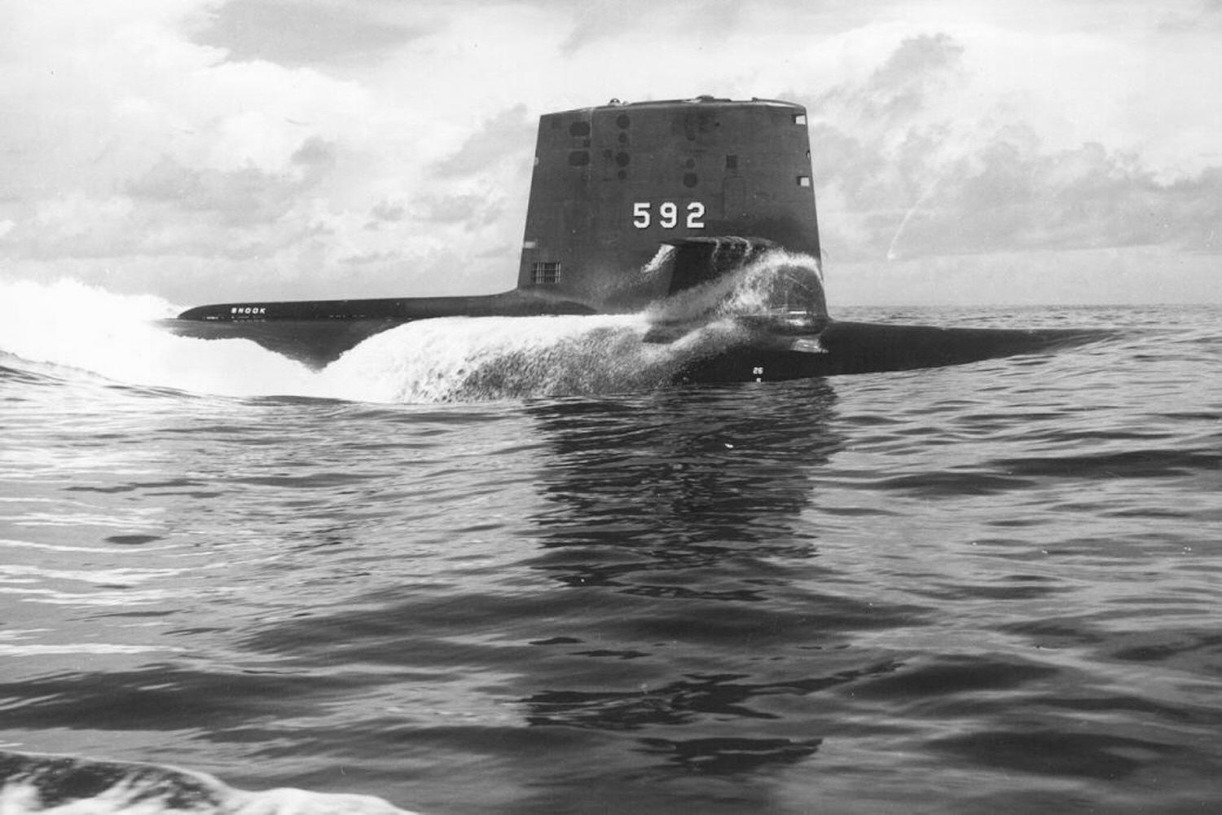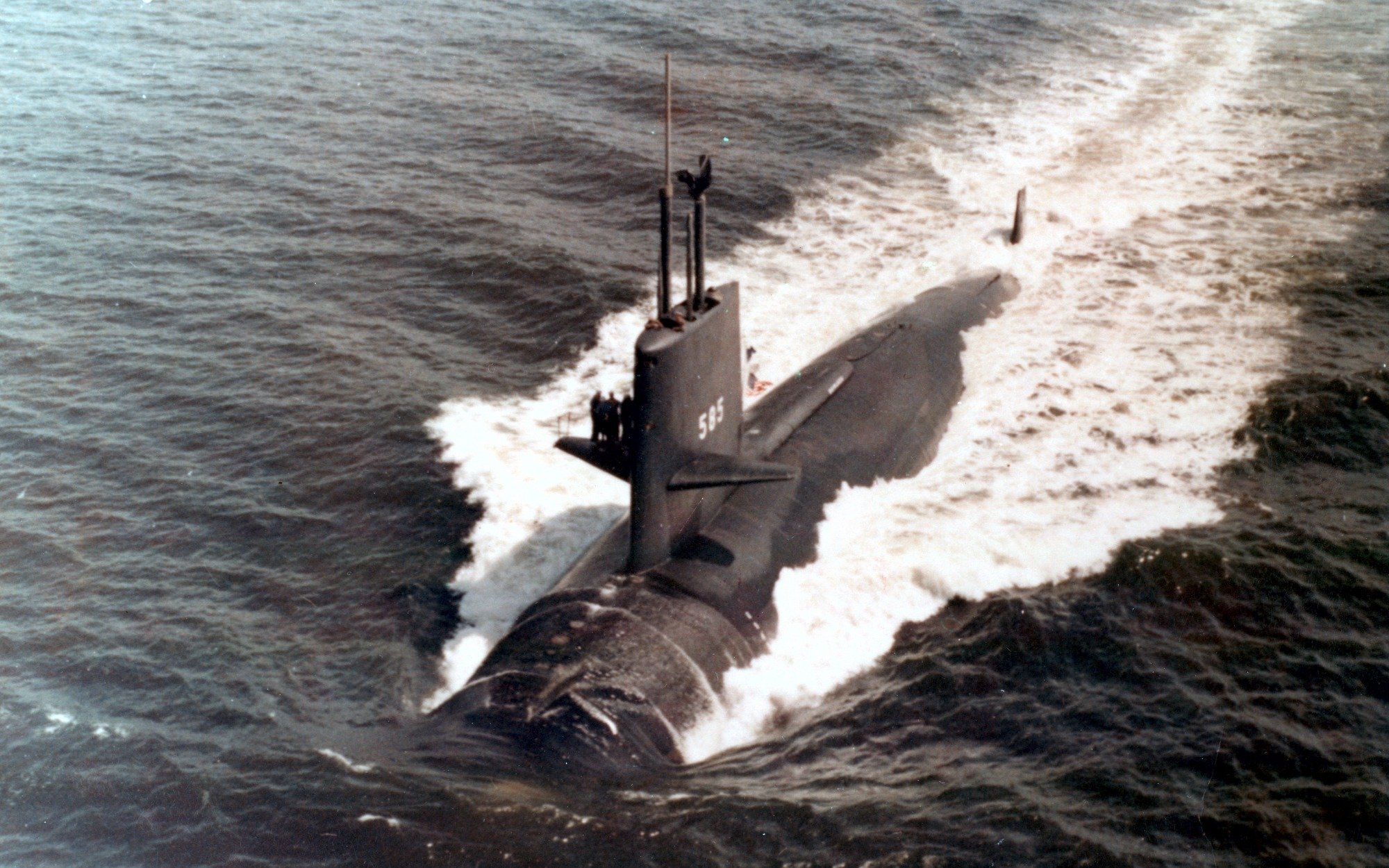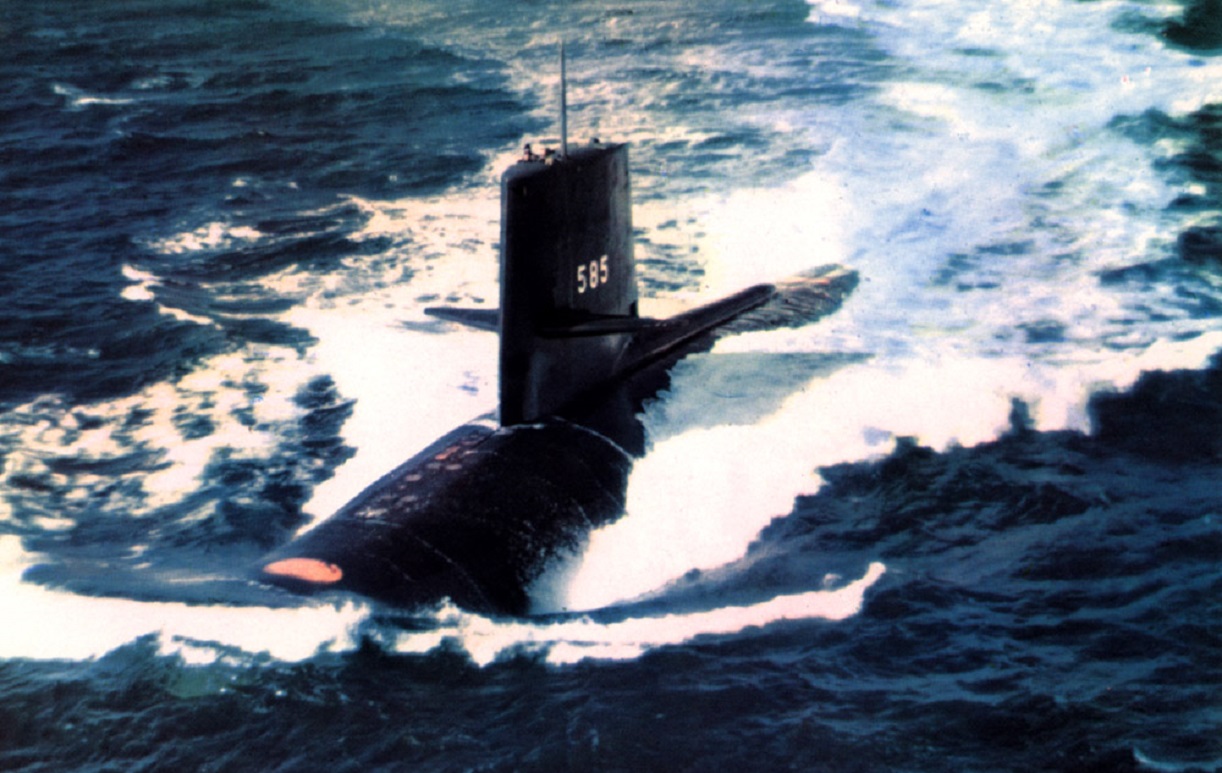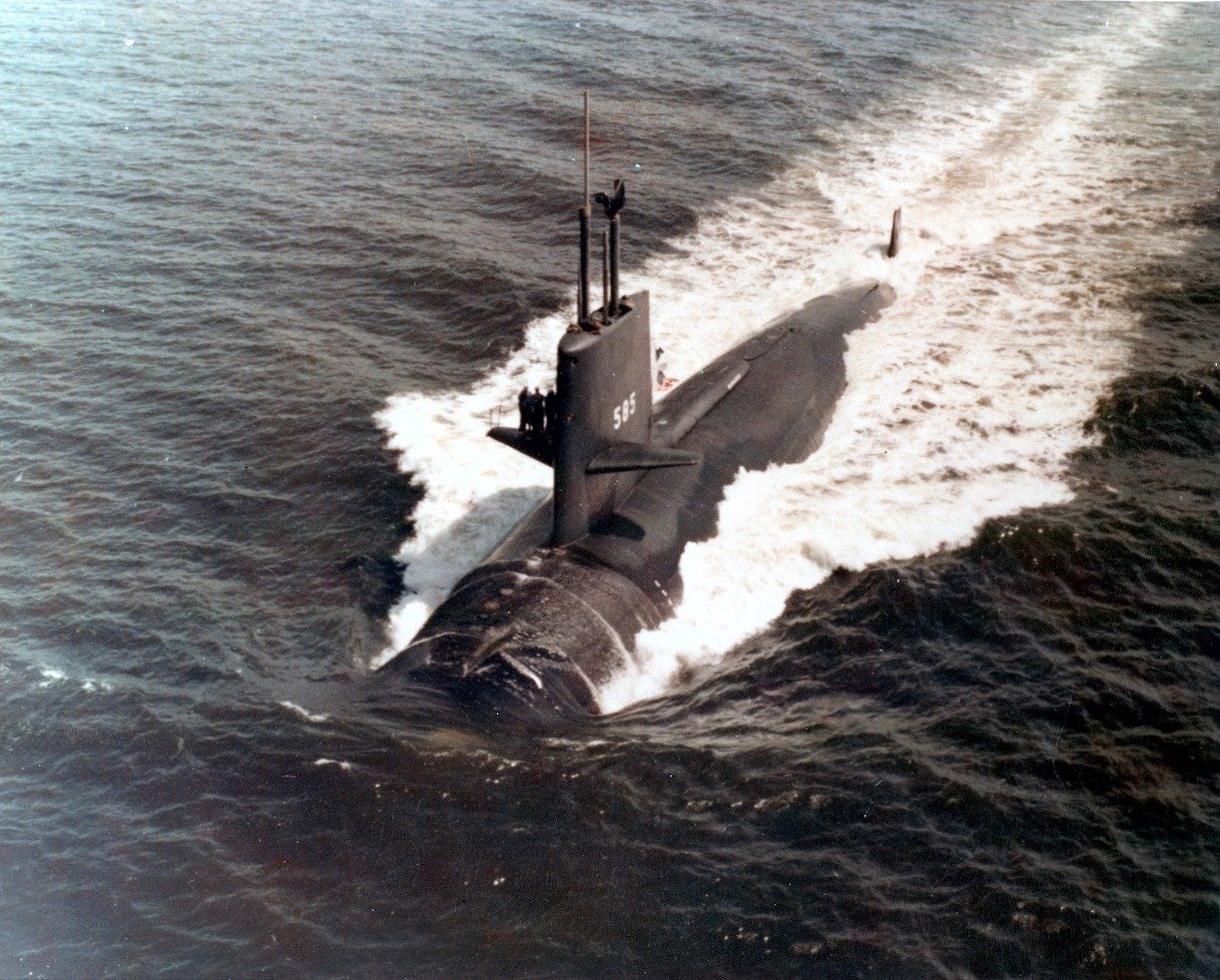The U.S. Navy's Skipjack-Class Submarines Were Built for One Mission

The Skipjack-class submarines were arguably the first truly modern postwar submarines of the U.S. Navy and were built to fight the Russian Navy in a war.
Skipjack-Class Submarine: The Ultimate Guide to a U.S. Navy Legend Built to Fight the Soviet Navy - Submarine technology has come a long way from initial concepts, which were essentially submersible tubs.
Modern submarines are technical marvels, worth billions of dollars, loaded with advanced sonar, amenities, and weaponry.
Of course, technological progress in submarine technology was made incrementally, slowly, especially over the last century – but there were a few breakthrough moments, designs that disproportionately expanded the envelope.
One breakthrough design was the Skipjack-class, built between 1956 and 1961, and in service between 1959 and 1990.
ntroducing the Skipjack-Class
“The Skipjack-class submarines were arguably the first truly modern postwar submarines of the U.S. Navy,” Kyle Mizokami wrote. “Combing two new innovations – a new high-speed hull design and nuclear power – the innovative, fish-shaped subs were the basis of all future American submarines up to the present day.”
The fish-shape that Mizokami refers to is known as the teardrop hull. The teardrop hull prioritizes submerged performance over surfaced performance, and was relatively common in early submarine designs. Gradually, however, towards the middle of the 20th century, the teardrop hull went out of fashion, in accordance with changing naval doctrines. Not until World War II, when the Nazi Kriegsmarine suffered significant U-boat losses, did experimentation with teardrop hulls resume. The Nazi state collapsed before teardrop hulls could become produced en mass, but Nai interest pushed the design back into the mainstream; not long after the war, the teardrop hull once again became the standard shape of undersea military vessels – like the Skipjack.
The US’s mid-century experimentation with the teardrop hull design began with the USS Albacore. The Albacore was a research submarine that used extensive hydrodynamic and wind tunnel testing to develop a hull that was extremely fast and extremely maneuverable. The lessons learned from the Albacore were incorporated into the Skipjack – which deviated significantly from the preceding Skate-class. The Skipjack, unlike the Skate, was fully streamlined, like a blimp, with a single screw aft of the rudders, to maximize underwater speed and maneuverability.
The move to a single screw was particularly contentious – and underscores the Navy’s decision to prioritize performance (as a double-screw offers redundancy).
The Skipjack also borrowed the Albacore’s HY-80 high-strength steel, which offered a yield strength of 80,000 pounds per square inch. The finished Skipjack measured 251 feet long with a 31 foot beam. Submerged, the Skipjack displaced 3600 tons and operated at a test depth of 700 feet. For propulsion the Skipjack relied on one S5W reactor and geared steam turbines, which allowed for 15,000 horsepower (or 11,000 kilowatts). The propulsion system allowed for a very fast vessel. Actually, at 33 knots submerged, the Skipjack was the American’s fastest submarine until the Los Angeles-class debuted.
The hallmark of the Skipjack was her hull design. “The Skipjack’s hull was later used as the basis of the first purpose-built fleet ballistic missile submarines, the USS George Washington-class,” Mizokami wrote. But aside from the hull design, the Skipjack was loaded with other impressive features.

Thoroughly Impressive Submarines
“The Skipjack class was an example of how innovative new technologies can combine to produce a weapons system with vastly improved characteristics,” Mizokami wrote. “The design was so successful that it provided a basis for future submarines, not only in the United States but elsewhere around the world. Skipjack’s motto was “Radix Nova Tridentis,” or “Root of a New Sea Power” – an accurate description of this unique class of submarine.”

The improved characteristics of the Skipjack included the sensor suite, which was built around the BQS-4 active/passive sonar array. The Skipjack also carried the BQR-2 passive array that allowed for detection within a range of thirteen thousand yards. Additionally, the Skipjack was outfitted with a search and attack periscope in the sail. In all, the Skipjack’s various sensor features made for improved situational awareness over preceding models.

The Skipjack was also “well armed,” according to Mizokami, “with six Mk.59 bow torpedo tubes. Unlike previous classes, they did not have aft-firing torpedo tubes – their large single propeller made firing torpedoes rearward hazardous. They could fire the Mark 16 antiship torpedo, a veteran of the latter days of World War II. They could also fire the Mark 37 antisubmarine torpedo, a homing torpedo with both active and passive guidance.” In time, both the Mark 16 and Mark 37 were replaced with the Mark 48.
Only six Skipjacks were ever built. One, the Scorpion, was lost with all 99 crewmembers. The cause of the sinking remains unknown and the boat still rests on the floor of the North Atlantic with its armaments and nuclear reactor intact.

By 1990, each of the surviving five Skipjacks had been decommissioned and recycled. Today, not a single example of the innovative and transcendent Skipjack survives.
- Questions and Answers
- Opinion
- Story/Motivational/Inspiring
- Technology
- Art
- Causes
- Crafts
- Dance
- Drinks
- Film/Movie
- Fitness
- Food
- Games
- Gardening
- Health
- Home
- Literature
- Music
- Networking
- Other
- Party
- Religion
- Shopping
- Sports
- Theater
- Wellness
- News
- Culture
- War machines and policy

